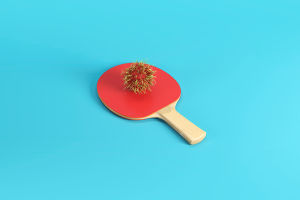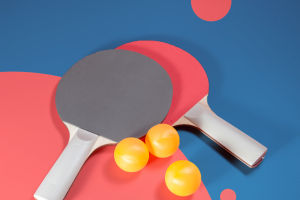Table tennis has become synonymous with Asian sporting excellence, particularly in countries like China, Japan, and South Korea.
While it's important to avoid generalizing about any group's abilities, we can explore the cultural and historical factors that have contributed to Asian countries' remarkable success in this sport.
Historical Context
The story begins in the 1950s when table tennis was introduced as a systematic sport in China. The government recognized it as an opportunity to compete internationally without requiring extensive resources or large venues. This strategic choice led to heavy investment in training programs and facilities.
Cultural Factors
Several cultural elements have contributed to the sport's success in Asia:
1. Education System Integration: Many Asian schools incorporate table tennis into their physical education programs, exposing children to the sport at an early age. It's common to find table tennis tables in school recreational areas, making the sport easily accessible to students during breaks and after school.
Why China so good at table tennis?
Video by table tennis "PingSunday EmRatThich"
2. Training Infrastructure: Countries like China have established extensive training centers and development programs, creating a pipeline for talented players. These centers often combine academic education with rigorous sports training, allowing young athletes to pursue both educational and sporting excellence.
3. Professional Opportunities: The sport offers viable career paths in Asian countries, with professional leagues and government support for athletes. Success in table tennis can lead to university scholarships, professional contracts, and national team positions.
4. Mentorship System: Retired champions often transition into coaching roles, passing their knowledge and experience to the next generation. This creates a continuous cycle of excellence and preservation of techniques.
Equipment Recommendations
For those inspired to take up the sport, here are three excellent table tennis racket options:
1. Butterfly Timo Boll ALC: A professional-grade racket favored by many top players. While expensive at around $200, it offers exceptional control and speed. The carbon layers provide excellent feedback and power, making it ideal for advanced players who can appreciate its sophisticated characteristics.
2. DHS Hurricane Long 5: A popular choice among intermediate players, providing an excellent balance between speed and spin at approximately $120. This racket is particularly good for players developing their topspin game and is widely used in Asian training centers.
3. Stiga Pro Carbon: An excellent entry-level professional racket at around $80, offering good all-round performance for developing players. It provides a great platform for learning advanced techniques without overwhelming beginners.
It's worth noting that Asian excellence in table tennis isn't about inherent ability but rather the result of dedicated training systems, cultural emphasis, and sustained investment in the sport. The success story demonstrates how focused development programs and cultural support can create sporting excellence at a national level.
This model of sports development has been so successful that many other countries are now studying and adopting similar approaches to improve their own table tennis programs.


